
Michael Appleton/Mayoral Photography Office
The city’s homeless outreach teams in 2019.Editor’s note: This story has been updated since original publication.
Mayor Eric Adams’ preliminary budget for the upcoming fiscal year underestimates what the city will need to spend on homeless services by around $200 million, a new report says—projecting funding gaps in covering the costs of newly-increased rental vouchers, and for outreach associated with the mayor’s plan to ramp up enforcement against unhoused New Yorkers in the subway.
The Adams administration has proposed $2.15 billion in Department of Homeless Services (DHS) spending for fiscal year 2023, down from around $2.8 billion this year, due largely to a decrease in COVID-related federal funding for things like isolation hotels, a practice the city phased out last year. And while the preliminary budget would include an additional $132 million for sheltering single adults—a population that grew during the pandemic—that’s still $61 million short of what’s needed, according to an analysis released Wednesday by the New York City Independent Budget Office.
READ MORE: Mayor’s Budget Plan Cuts $615M from Homeless Services, as Subway Crackdown Intensifies
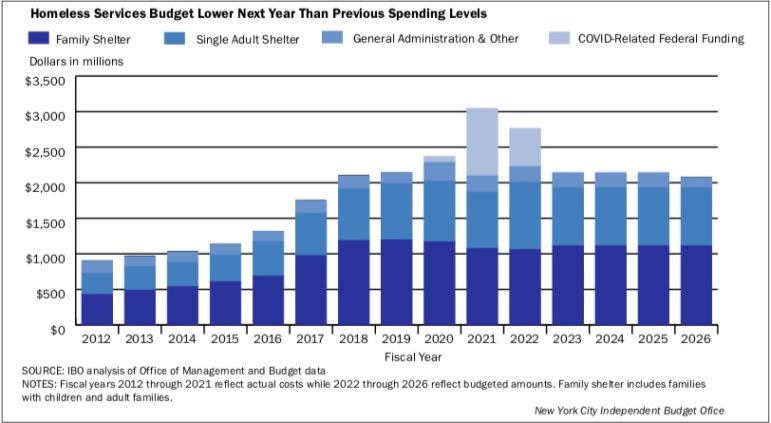
The IBO report points to the end of the state’s eviction moratorium in January, which advocates warn could result in additional need for shelter capacity in the months ahead. It also highlights Mayor Adams’ recently announced Subway Safety plan, which calls for sending police officers and social workers to remove unhoused New Yorkers from stations and trains. That effort “will also likely put pressure on the single adult shelter census,” according to the IBO, which estimates DHS will need to add at least $26 million to the $135 million that’s currently budgeted for homeless outreach in 2023.
While Adams and Gov. Kathy Hochul have pledged as part of that subway initiative to open new drop-in centers, as well as 140 new Safe Haven and 350 new stabilization beds, the preliminary budget includes no additional funding for those efforts, according to the New York City Council, which will hold a hearing Wednesday on DHS spending. “The Office of Management and Budget (OMB) indicated that it is working closely with DHS to evaluate if existing resources will suffice or if new funding will need to be added in a future financial plan,” to cover the costs of those new beds, which are expected to come online by May 2022, according to a Council budget report.
At a budget hearing Wednesday, Brooklyn Councilmember Chi Ossé grilled Department of Social Services Commissioner Gary Jenkins, who oversees DHS and the Human Resources Administration (HRA), on the mayor’s proposed spending plan and asked whether the budget was “adequate for solving or addressing” outreach, housing and mental health services for New Yorkers staying on the trains.
“It’s a preliminary budget,” Jenkins responded. “It’s not a yes or no because it’s evolving … We’re going to evaluate it before we get to the finalized budget.”
Jenkins hailed the mayor’s subway strategy and said that the city has begun to open some of the nearly 500 shelter beds for street homeless New Yorkers noted in the plan. The facilities provide temporary housing to people moving out of public spaces and feature fewer restrictions and more privacy than congregate settings. Jenkins, however, said those new beds were already planned to open before Adams unveiled his subway strategy.
“I’m really really proud that Mayor Adams put this together,” Jenkins added. “In the past—this is decades—we would walk past [people] without any outreach at all.”
The outreach component has so far been overshadowed by a policing crackdown, however. Between Feb. 21 and 27, cops ejected 455 people from trains and arrested 143 others while outreach workers managed to place 22 people into shelters, the Mayor’s Office said last week.
The IBO also projects the need for more funds for the city’s rental assistance program, which provides housing vouchers to low-income residents experiencing or at risk of homelessness. The City Council voted last year to increase the value of those CityFHEPs vouchers, which participates and advocates said had previously been so far below market-rate real estate costs that it made finding an apartment difficult.
While the rental voucher increases went into effect in September, the mayor’s preliminary budget allocated just $149 million for CityFHEPs in the upcoming fiscal year, what IBO estimates will fall $114 million short of actual need.
“IBO expects that the combination of the end of the eviction moratorium and the September 2021 rule change that made the vouchers both more generous and longer-lasting will increase the cost of the program above the current budgeted amounts,” the spending analysis reads, projecting the total program costs for CityFHEPs will grow to $263 million starting this year.
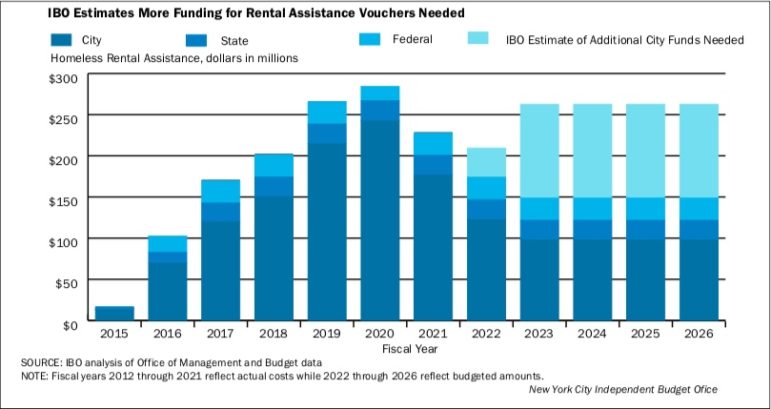
In response to questions from Councilmember Diana Ayala, the general welfare committee chair, Jenkins said DSS is “monitoring move outs.”
“We’re monitoring the usage and if needed we’re going to raise the flag” for more funding, he added.
Last month, HRA, which runs the CityFHEPs program, and told the City Council it was too soon to predict how the voucher increases will impact the number of participants moving out of shelter and into permanent homes.
“Prior to its implementation, there was a slowdown in move outs, as landlords wanted to wait for the higher voucher level to become effective. If placements do increase considerably, there would be an impact on both HRA’s rental assistance budget and DHS’ and HRA’s shelter budgets,” a City Council preliminary budget report reads, though it also notes that the “cost of shelter far exceeds the cost of rental assistance, the overall net impact is expected to be a net savings for the City.”
In an emailed statement, a rep from the mayor’s office noted that the budget negotiations are ongoing. “The administration is committed to improving the lives of unhoused New Yorkers,” a City Hall spokesperson said. “We will continue to evaluate funding needs through the budget process and are working to make sure New Yorkers’ tax dollars are spent efficiently and effectively to help the homeless transition from shelters into stable, permanent housing.”



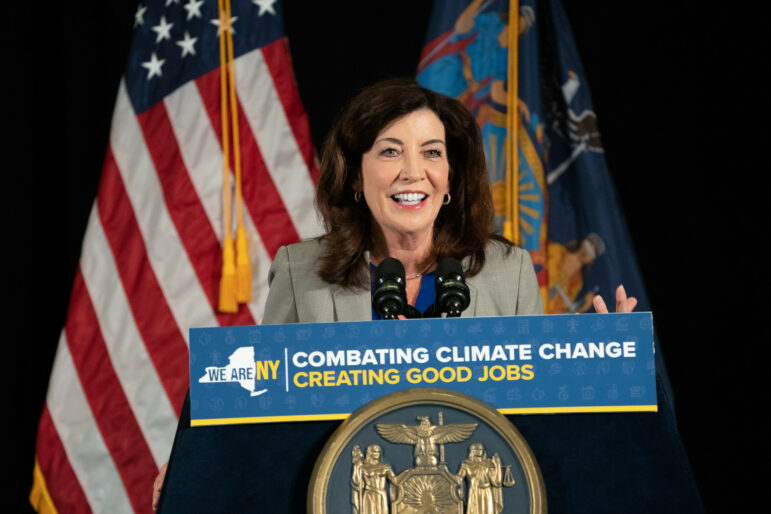

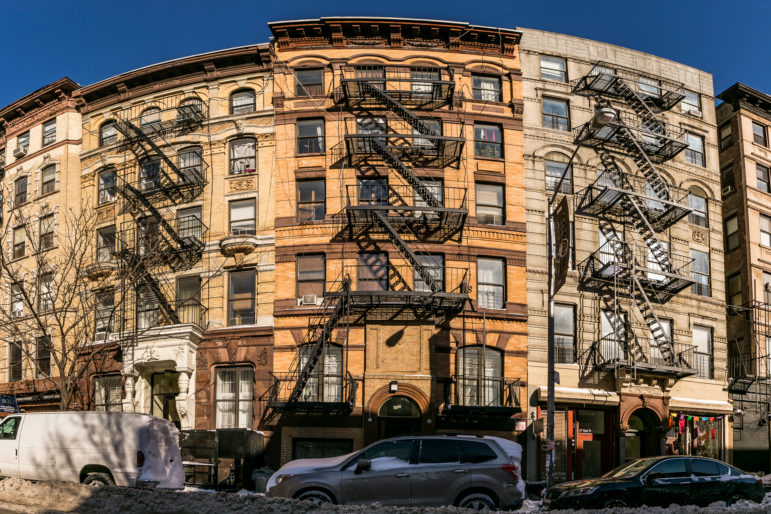
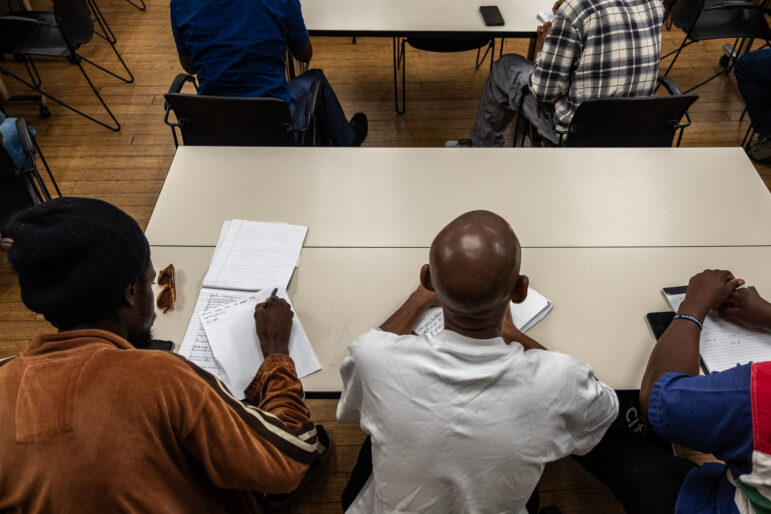
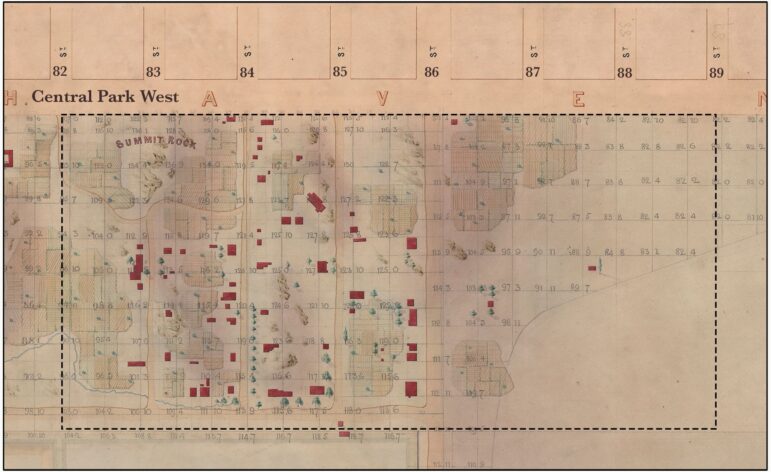


4 thoughts on “Mayor’s Budget Proposal Comes Up Short on Homeless Outreach, Shelter Costs: Report”
Stop feeding parasites. Divide 2 billions $ Budget by 100 000 homeless ???
Most corrupt agency in NYC is DHS. Purposely keeping Homelessness in certain level ,to get FAT PAYCHECKS
Divide 2 Billion dollars by 60 000 homeless ???
corrupt greedy low life animals…keeping purposely mentally sick in the system to get fast pay checks 150 000$ up